Since the first procedure of C-section, they have gone through many changes and developments. There are higher success rates, fewer aches, and pain. But no matter the development there are still some changes that a mom has to face after getting a C-section.
There are many reasons for a woman to have a C-section such as health issues, emergency situations, being pregnant with multiple babies, or just being afraid of having a child naturally.
Having a C-section comes with a lot of judgment though, something that can have a negative impact on a mother. There are a lot of people who feel that C-sections are taking the “easy” way out. That having one isn’t actually a real way to give birth. They do not see the reasoning behind it, even for medical reasons.
It can take weeks, sometimes months to recover from a C-section. Something that can stress a mother out. Not only does she have to try and recover from major abdominal surgery, but she must deal with the stress of having a newborn baby while being in pain and dealing with a healing gash in her belly.
There are many who will come back from having this done in a flash, but for some, it can be a lifelong journey.
Here are 20 challenges a mother can face years after having a C-section.
20. WHAT WILL THE OTHER MOTHERS THINK?
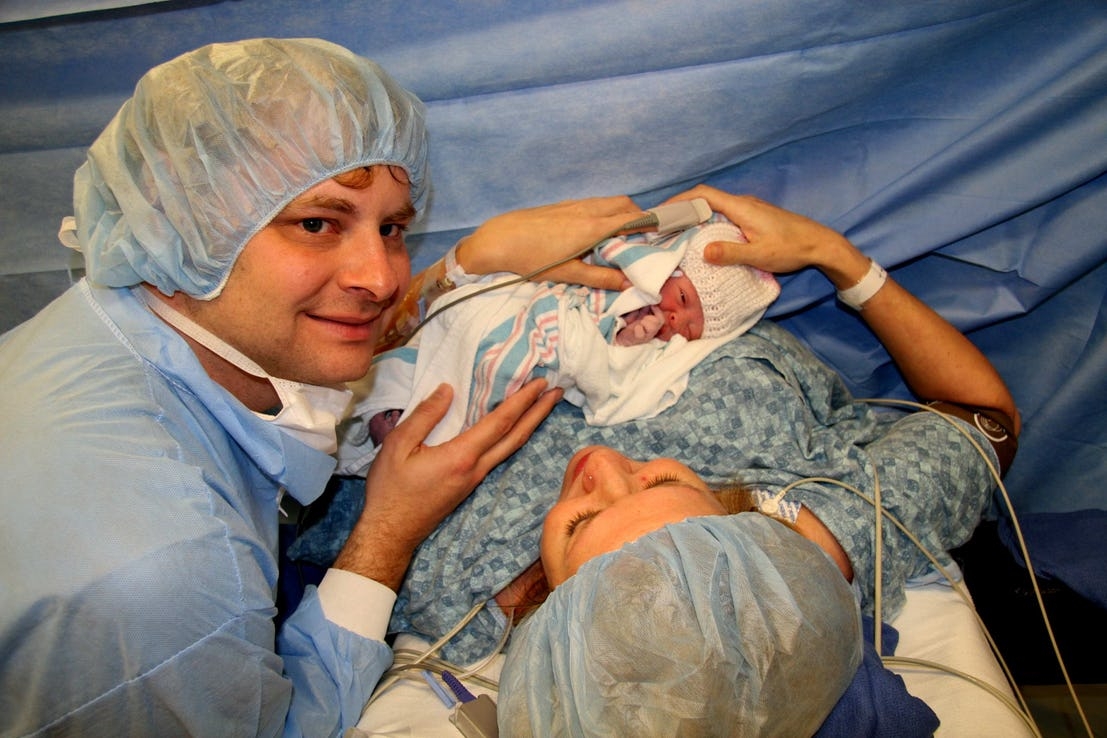
Having a C-section can come with a lot of negative comments from others such as a woman being told they did not actually birth their child, that they do not know what a true delivery is, or that they aren’t a real mother because they did not actually give birth to their child.
These types of hateful comments can lead to a mother fearing judgment from having a C-section, more than fearing the procedure itself.
Leslie Waghorn wrote a blog about her experience of having a C-section on thescientificparent.org, in her blog she talks about two different responses she received after her son was born. One was empathy and commiseration, mainly from those who had gone through the same experience, and the second was disdain from women who have given birth the old fashion way.
19. HYSTERECTOMY COMPLICATIONS

Having a C-section comes with many risks. One study done for the JAMA Surgery journal back in 2017 found that those women who had a C-section were at greater risk of complications if they later need to have a hysterectomy done.
According to consumereports.org, C-sections are the most common surgery for women in the US, the second being hysterectomy, which is where the uterus is removed. It was found that women who gave birth naturally had a 4.4 percent chance of having to come back for a second surgery in the 30 days after having a hysterectomy, whereas those who had a C-section had a higher risk of need an additional surgery right after a post-hysterectomy.
18. ONCE A C-SECTION, ALWAYS A C-SECTION?

Having a C-section does not mean that a mother cannot have more children later one, it just means that most likely she will need to have another C-section if she wants more children down the road.
According to scrubbing.in, there is a possibility for a mother to try and have a child vaginally after having a C-section, but a lot of doctors will not recommend it due to the possibility of uterine rupture.
To even test this out a doctor will have to look at the incision that was made to the woman’s uterus, how the doctor performed it, why she had one in the first place and what happened after.
17. CONCEIVING ANOTHER CHILD LATER ON MAY NOT BE SO EASY
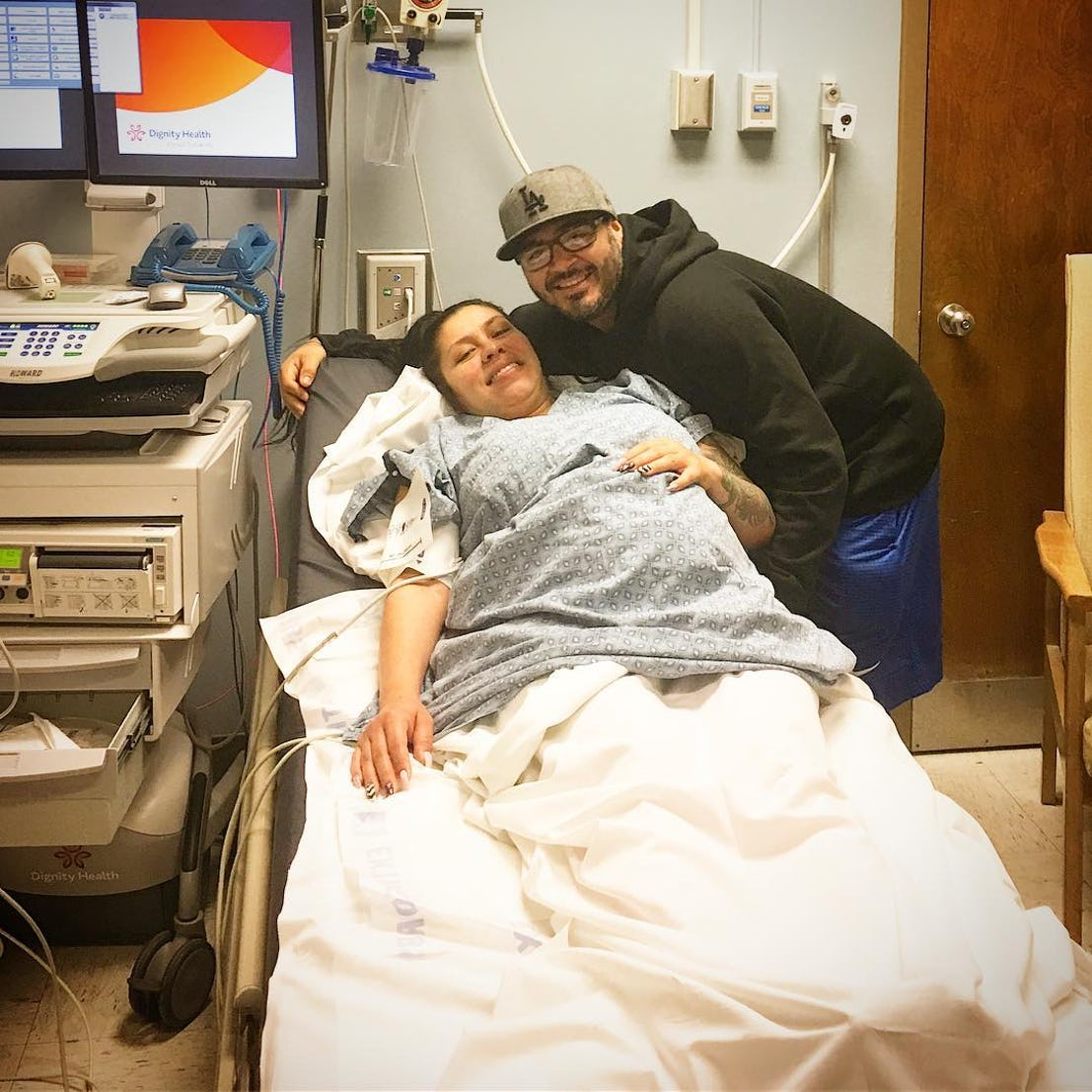
Back in 2004, there was a study done in Scotland that suggested women who had a C-section with their first child were left with issues getting pregnant again if they wanted more children.
According to webmd.com, in the study, 20% of mothers who had a C-section reported difficulty trying to get pregnant again with a second child, compared to the 5% of woman who birthed their child naturally, but with help of tools such as forceps.
Bruce Flamm, a California OBGYN, commented on the study and told women that if there is a chance of fertility issues after having a C-section, it is a very small chance. His concern was more about the more significant issues and how the study was going to divert attention from those bigger issues.
16. LOCK THE BATHROOM DOOR!
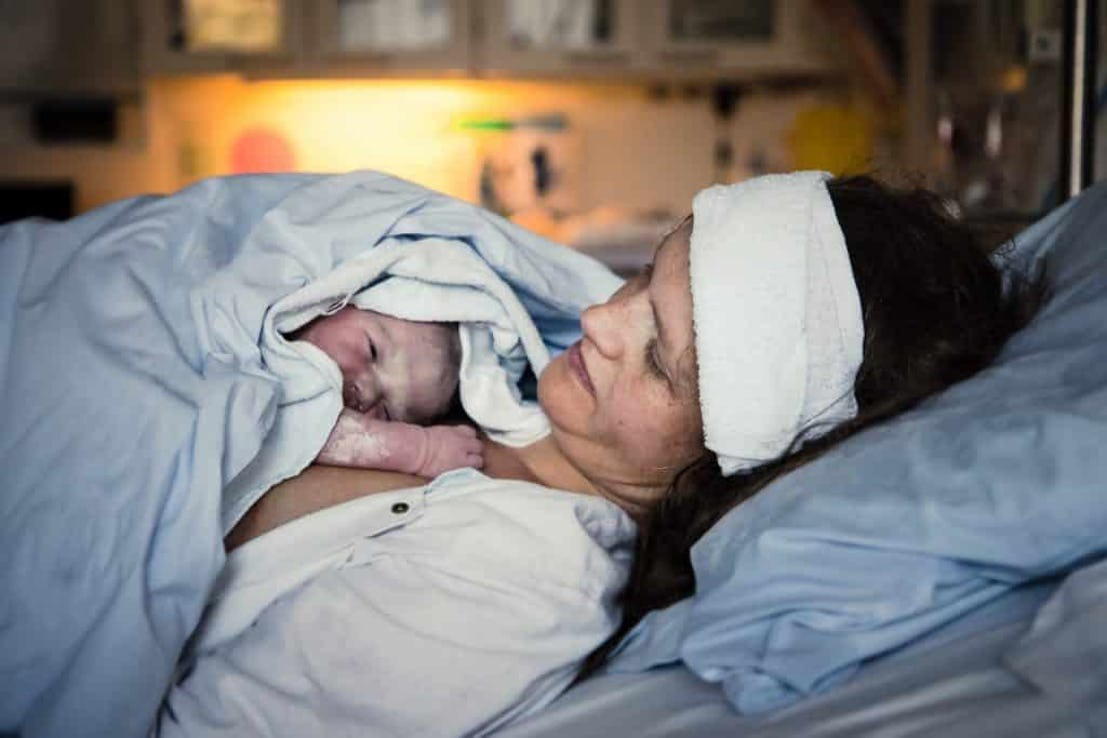
It is common knowledge that after a child is born, mom will have some issues going to the bathroom. There are a lot of people who believe that those women who give birth via C-section are lucky and do not experience this type of symptom, but they are wrong.
According to moms.com, in fact, it is the complete opposite. Moms who give birth via a C-section experience bladder cramping, unexpected pains, and spasms, as well as the occasional accidents.
Don’t get us wrong, these symptoms are common for many women, but it is a lot more common for women struggling to heal from a C-section due to their pelvic floor being weaker.
15. ADHESIONS CAN APPEAR RIGHT AFTER (OR MONTHS, EVEN YEARS LATER)
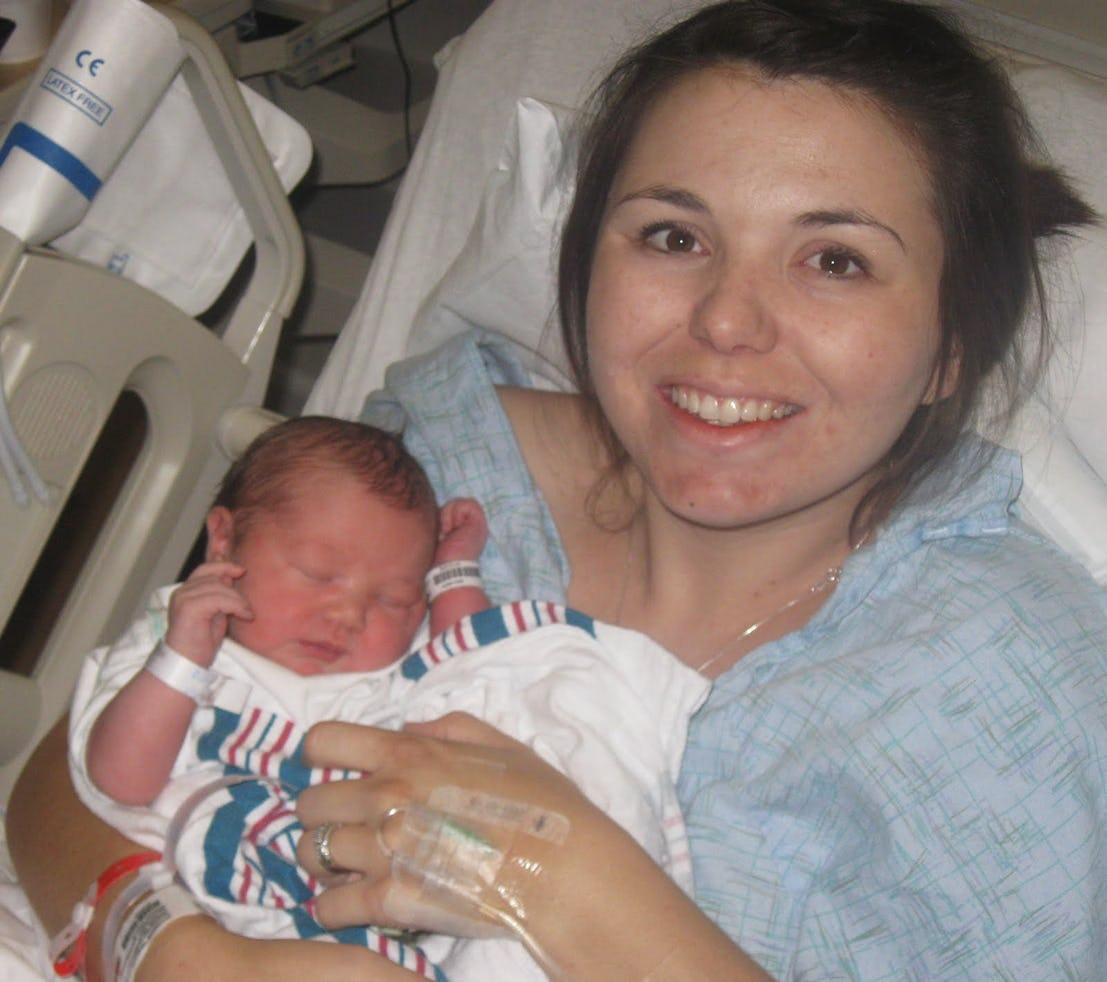
According to healthywomen.org, adhesions occur when bands of scar tissue in the stomach cavity get stuck to the pelvic or abdominal organs. Adhesions are known as one of the most common complications that can occur during a pelvic or abdominal surgery and can form right after, months later, or even years after the initial surgery.
Now, adhesions can form during any gynecologic or abdominal surgery, but C-sections, especially repeat cesarean sections, have a very high risk. One study done found that women who have had three or more C-sections were twice as likely to experience dense adhesions as those who were going through their first or second C-section.
Either way though, both groups are at high risk to experience them and some women never know when they develop.
14. AN AVERSION TO GETTING PREGNANT AGAIN
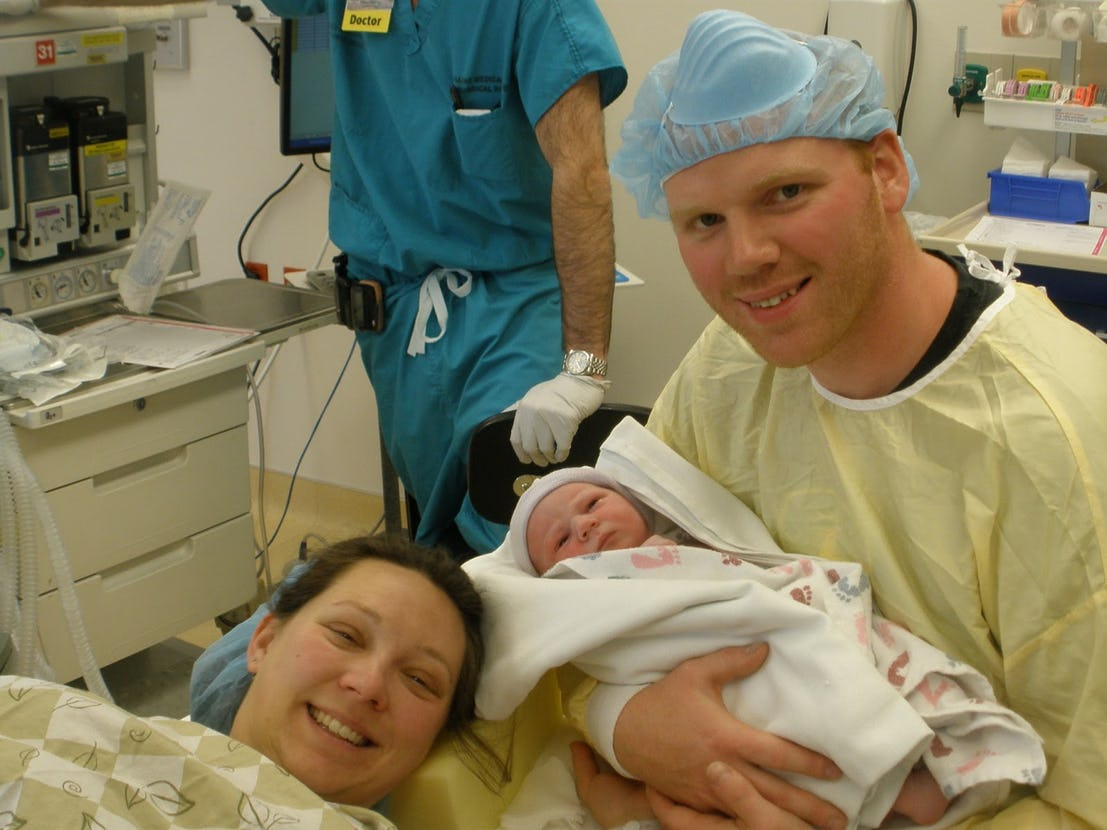
A lot of people feel that having a C-section is the easy way out when it comes to childbirth, boy are they wrong.
According to moms.com, there are a lot of mothers who have such negative experiences with C-sections that they are put off from having any more children down the road. The trauma from the surgery or from having such a poor and painful recovery makes it so they do want to go through it again.
Women who are recovering from a C-section are a lot different than other people who are recovering from a different type of surgery. Why? Well, because after giving birth a mother is overloaded and stressed out with all the different hormones, emotions and experiences.
13. BEWARE OF PLACENTA PREVIA
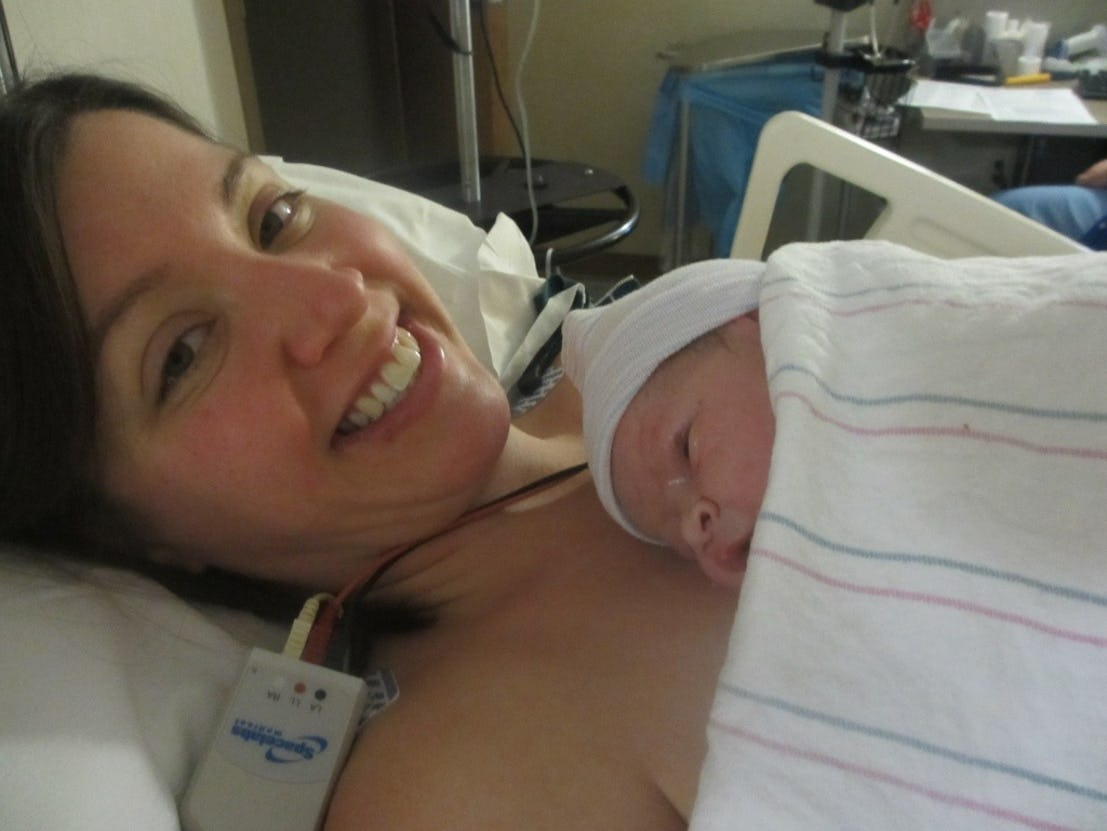
Placenta previa is a rare medical condition that can occur during pregnancy. It occurs when the placenta covers the cervix during growth and if left undiagnosed or untreated, can lead to birth injuries and health problems for both mom and baby, and sometimes even fetal fatality.
According to birthinjuryguide.org, in some cases of women who developed this condition, the placenta only covered a portion of the cervix, but there were other cases where it covered the entire cervix.
Most of the time, placenta previa is caused by uterine factors, such as scaring of the lining tissue after a previous C-section. Scaring heightens the risk of women to develop this condition.
12. C-SECTIONS CAN HAUNT YOU EMOTIONALLY
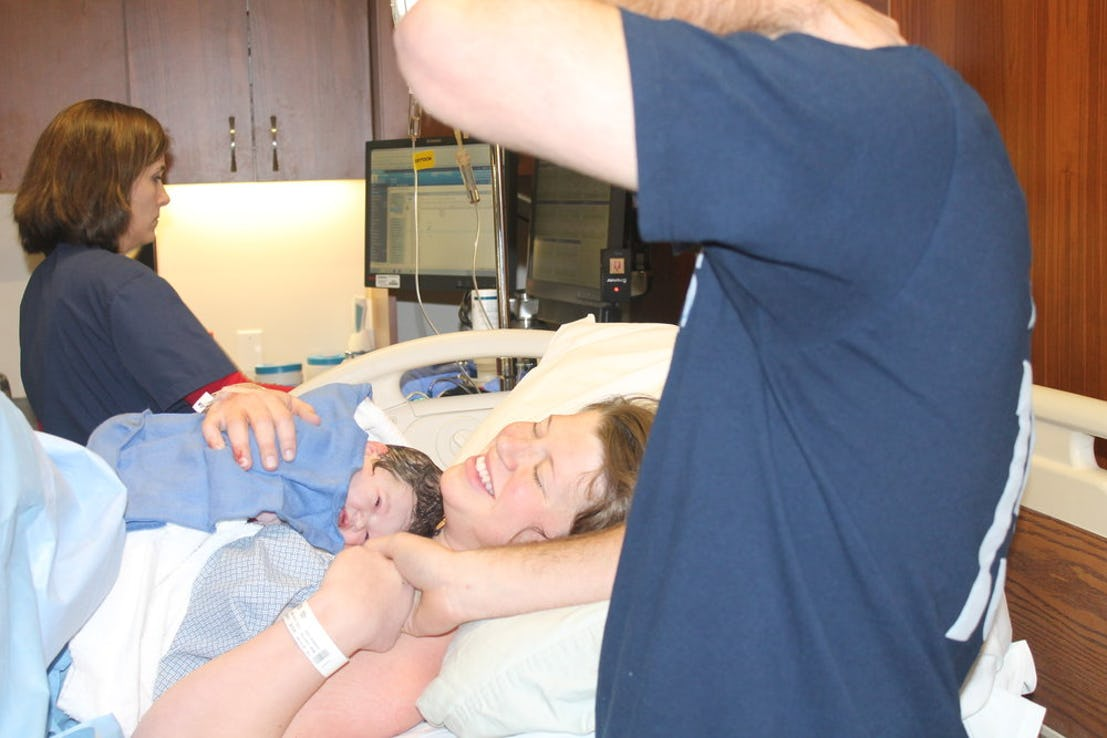
When a woman becomes pregnant, she dreams of the day her child will be brought into the world and placed in her arms. Sadly, for those women who have C-sections to deliver their child, their reality is a lot different.
According to bellybelly.com, there are eight emotions a woman can suffer with after having a C-section: surprise, guilt, failure, loss, detachment, trauma, anger and resentment, and low self-esteem.
When a woman must give birth via C-section instead of naturally, she can sometimes feel as if she let her child down, that she was a failure for not being able to birth a child naturally like women’s bodies are meant to, for missing out on such a positive and empowering experience and not being able to reap in the benefits.
11. INFECTIONS DON’T ALWAYS HAPPEN SOON AFTER BIRTH
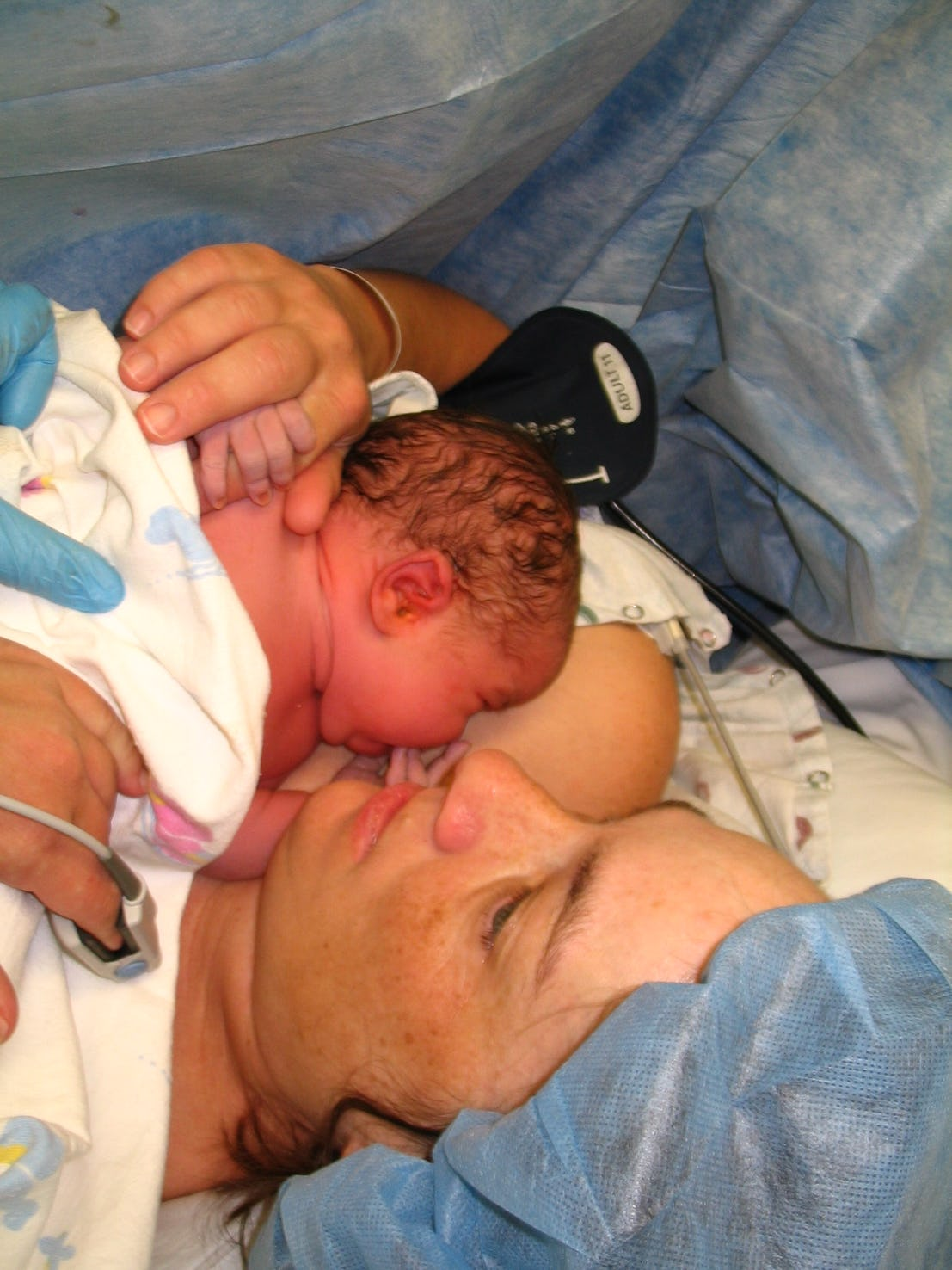
Unfortunately, having a child comes with a lot of risks, both for mom and baby, especially when mom must have a C-section to bring her baby into the world.
According to moms.com, after mom gives birth via C-section to her new little bundle of joy, there is a chance that the scar site and surrounding tissue may not heal properly. Even years later an infection can occur, which can not only cause frustration but serious health issues, too.
Infections can sometimes arise around the layers of skin that surround the scar. When this occurs, it can be incredibly painful and if not treated right away can lead to abscesses, which are even less fun.
10. SOME WOMEN MAY DEVELOP PTSD (POST-TRAUMATIC STRESS DISORDER) AFTER GIVING BIRTH
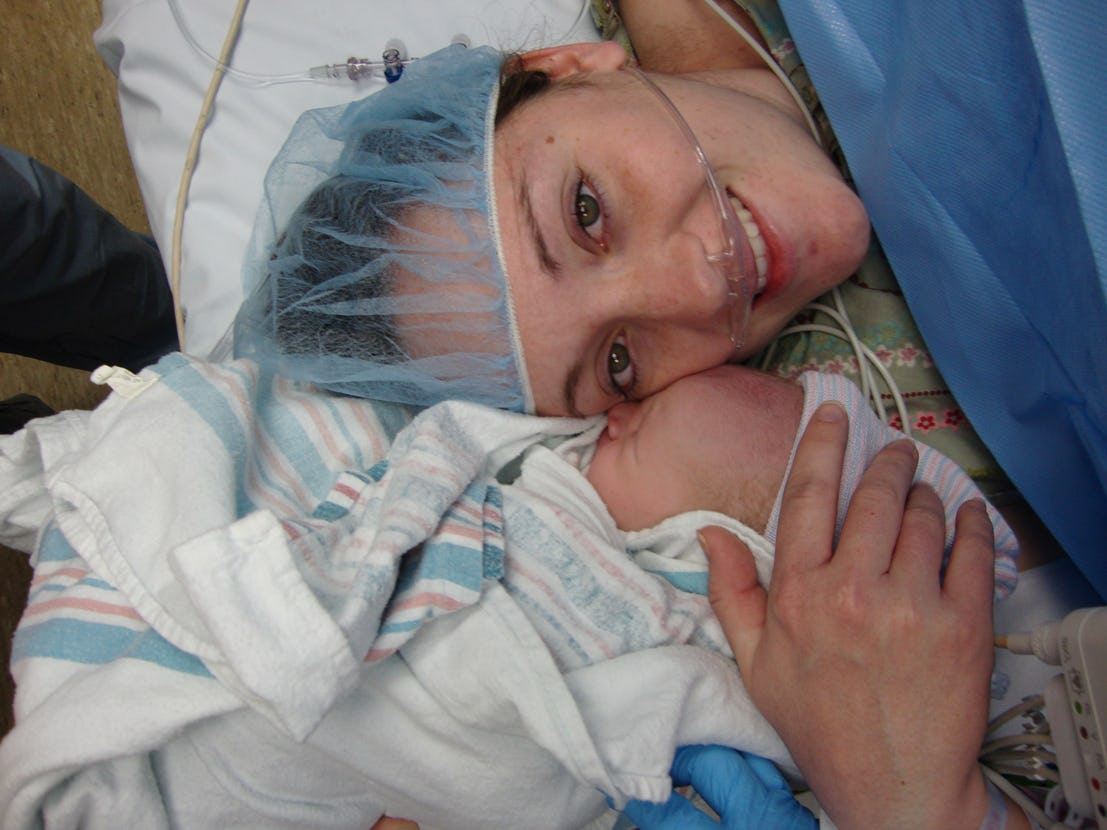
Post-traumatic stress disorder, or PTSD, is a certain type of anxiety that can have a negative impact on those who have suffered through a traumatic event. When it comes to women, PTSD is known to affect seven in 100 women after giving birth.
According to tommys.org, women who go through a C-section are at higher risk of getting PTSD, than those who have given birth naturally. Being frightened or not having the right support before, during or after the birth, can leave an everlasting negative impact on a mother.
Some symptoms a mother might have are, flashbacks, bad dreams, irritability, anxiousness, struggles in everyday life, and sometimes even the feeling of having to avoid anything that will make her remember that day.
9. DON’T IGNORE WHAT YOUR BODY IS SAYING
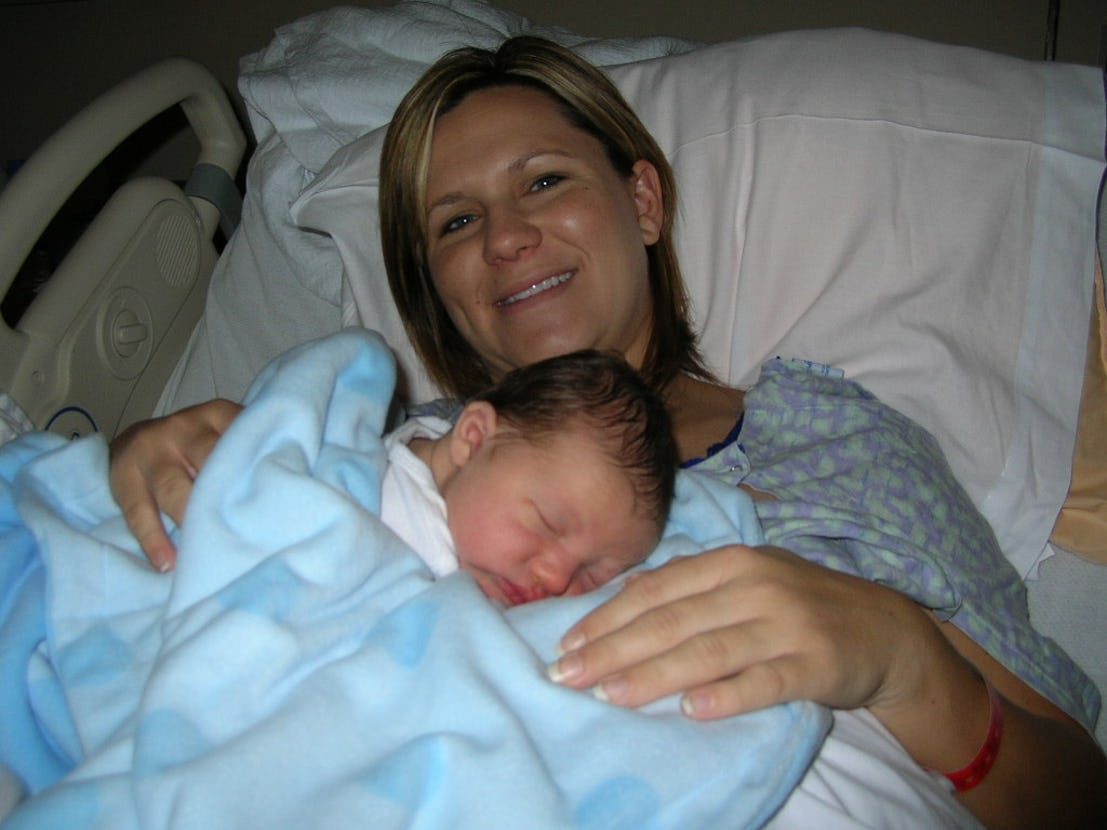
A postpartum infection is the biggest risk factor for those women who have gone through a C-section to give birth to their child.
According to tommys.org, when a woman develops an infection, it will start in her uterus or private area. If not treated right away, it can spread throughout her body, which is when it becomes known as sepsis.
For the most part, when an infection occurs it is caught early and can be cured with antibiotics.
There are some cases, though, where it was left untreated and sepsis occurred, which requires more than just antibiotics and is a lot harder to treat.
8. THOSE IRRITATING UTERINE INFECTIONS!
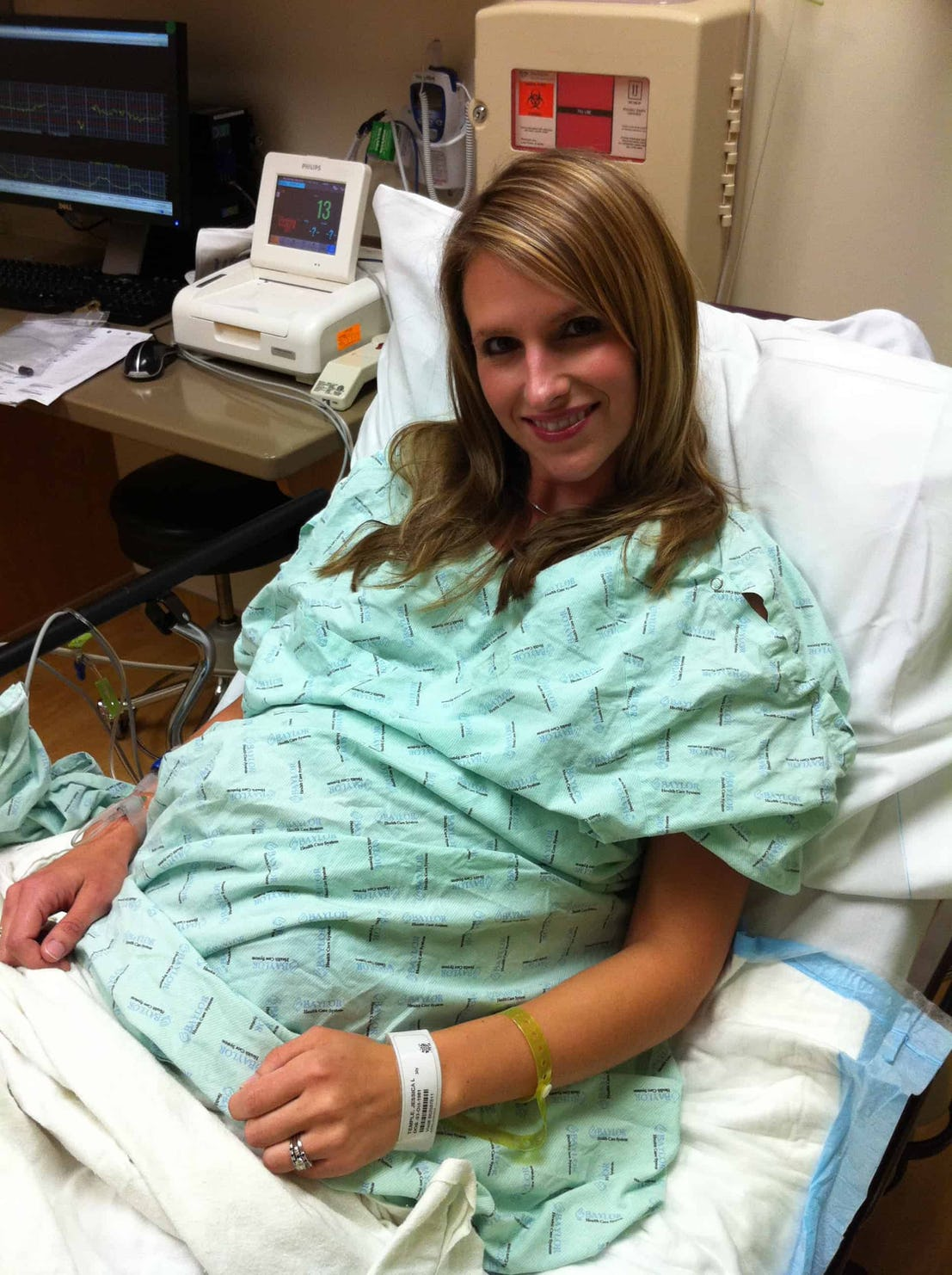
Most women will agree that having a UTI is not fun, especially when they are carrying their soon-to-be newborn baby.
Unfortunately, after the baby comes, constant UTIs are something that a new mom will experience a lot, especially if she gave birth via a C-section.
According to moms.com, when a woman has a C-section, she is left with weaker pelvic floor muscles, which results in urine infections due to the weakening of the muscles causing urine to hang out inside the urinary tract for longer than it should.
Some symptoms to look out for are fatigue, fever, pelvic pain, and a strong urge to have to go to the bathroom a lot, with no results.
7. ARE YOU THERE, ABDOMINAL MUSCLES?
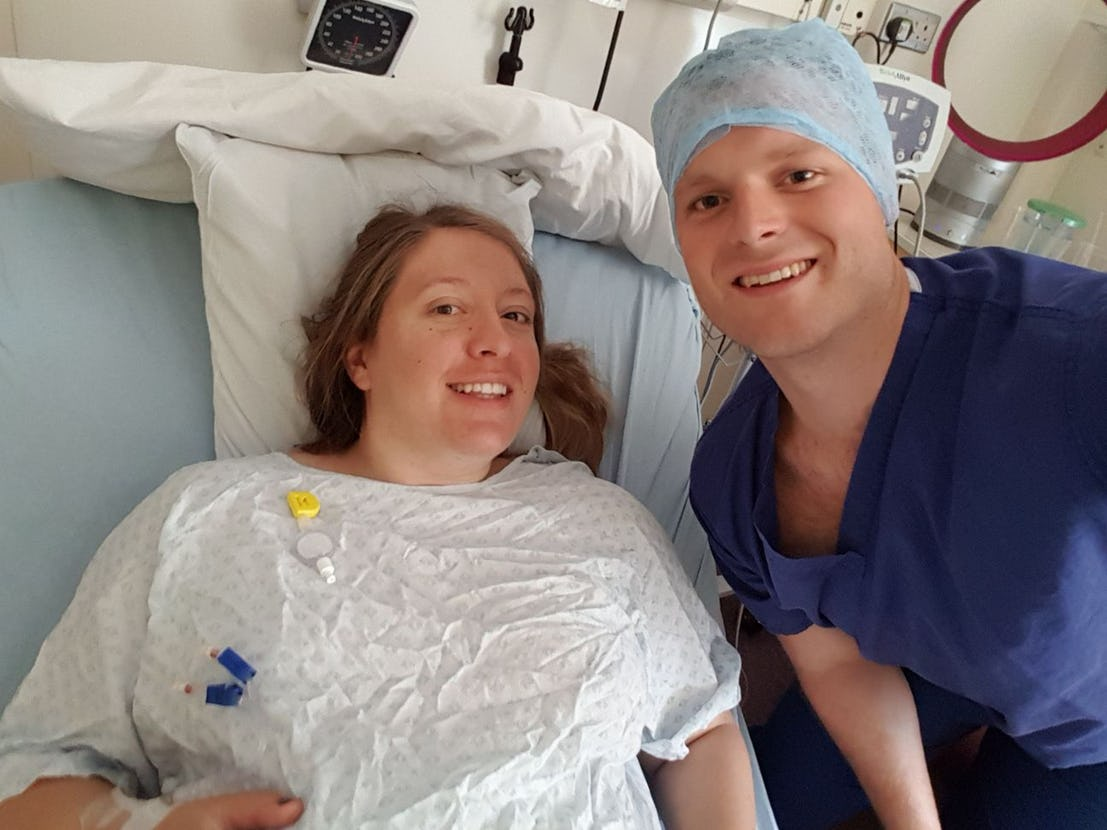
According to moms.com, when a woman has a C-section, her abdominal muscles go through quite a lot of stress and strain. Once the baby is born, it can take a very long time before those abdominal muscles start acting like abs again. Sometimes it can take weeks, months, or even years for them to go back to normal. For some mothers, the surgery area never goes back to post-baby.
According to Dr. Graham from Finish Line Physical Therapy, “tissues and muscles that have been damaged during a C-section need to be rehabilitated just like any other orthopedic procedure to help regain proper stability and function for women.”
For those women who want to strengthen their muscles to heal quicker, physical therapy might be an option they want to look into.
6. WE ALL HAVE SCARS
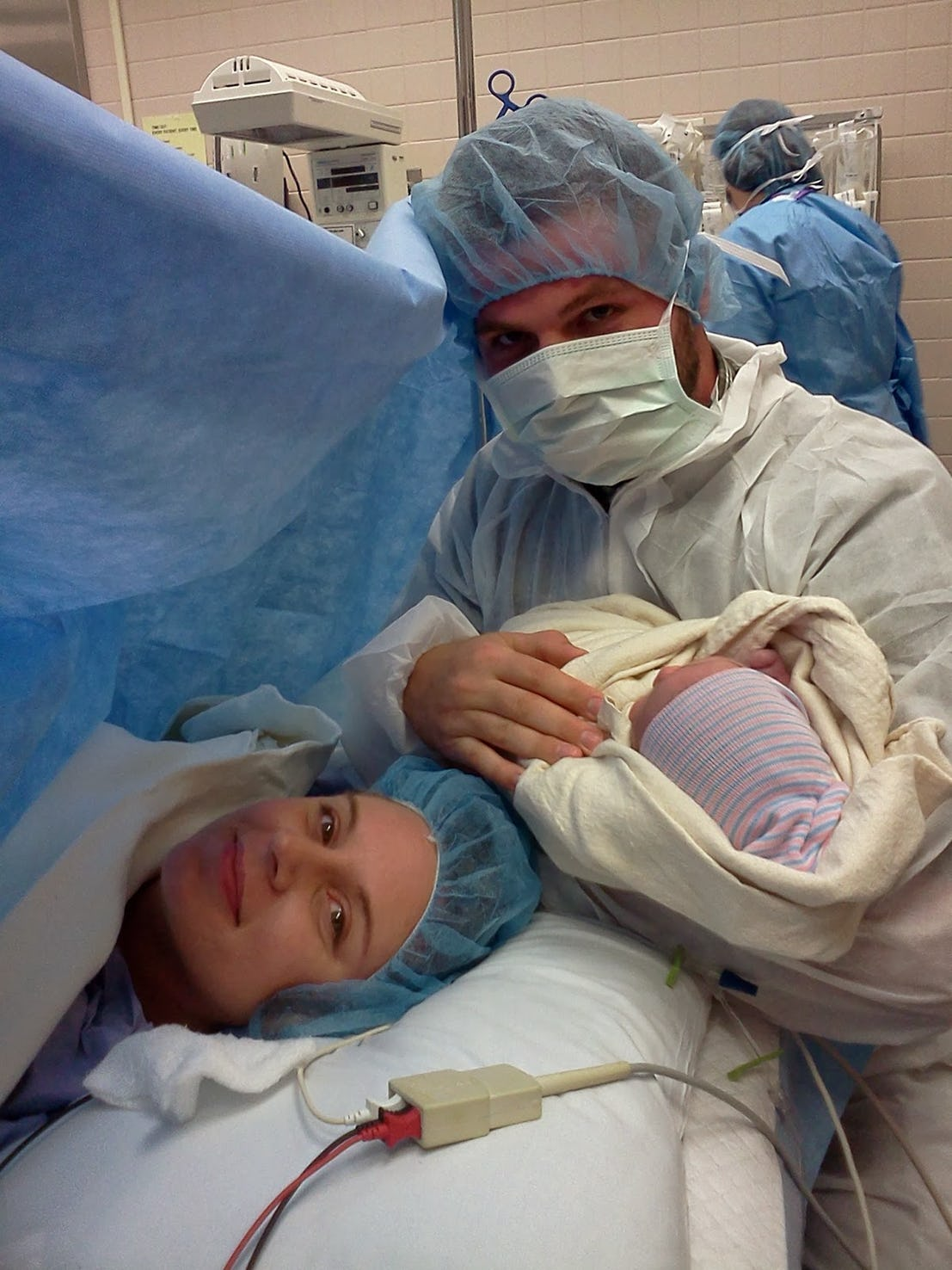
We all know that C-sections can leave a scar. It is after all major abdominal surgery. Taking care of that scar will be a lifelong experience for a mom. At any time, even years down the road, if a woman is not careful, it can not only rupture or become infected but impact future pregnancies.
According to moms.com, some women are nervous of not only going through a major surgery but of the scars that will be left on her body after having one. Which is why the thought of having to go through a C-section can be very nerve-wracking for a woman who suffers from this fear.
Unfortunately, giving birth, no matter how it is done, should be a joyous occasion. For some though, having that major incision can ruin the moment.
5. ENDOMETRIOSIS MAY OCCUR
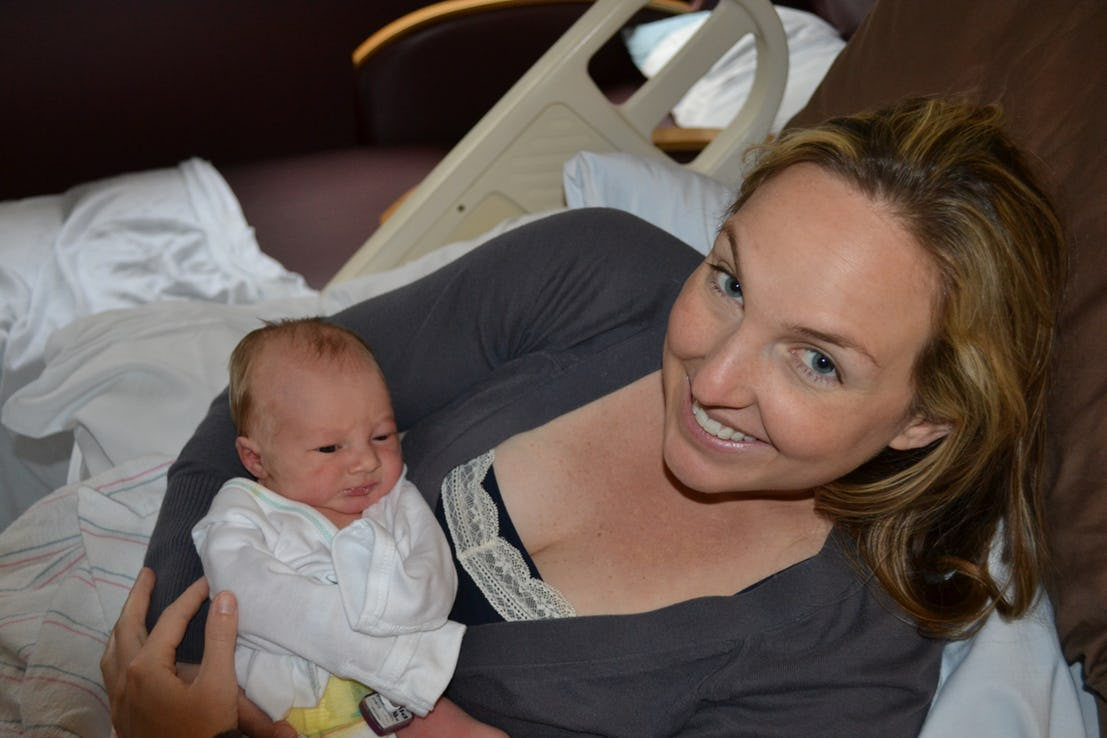
Endometritis is a rare infection that is a direct consequence of a C-section delivery.
According to healthline.com, women who have a C-section to deliver their new bundle of joy have a five to 20 increased risk of getting endometritis. For most cases though, it can be treated with antibiotics and will not impact future pregnancies.
There are rare cases though where the infection can become serious and require a hysterectomy.
In extremely rare cases, the infection can lead to fatality, but these infections are so rare that most obstetricians will go through their entire life without getting one case of it.
4. BECOMING HEAVIER IS A POSSIBILITY
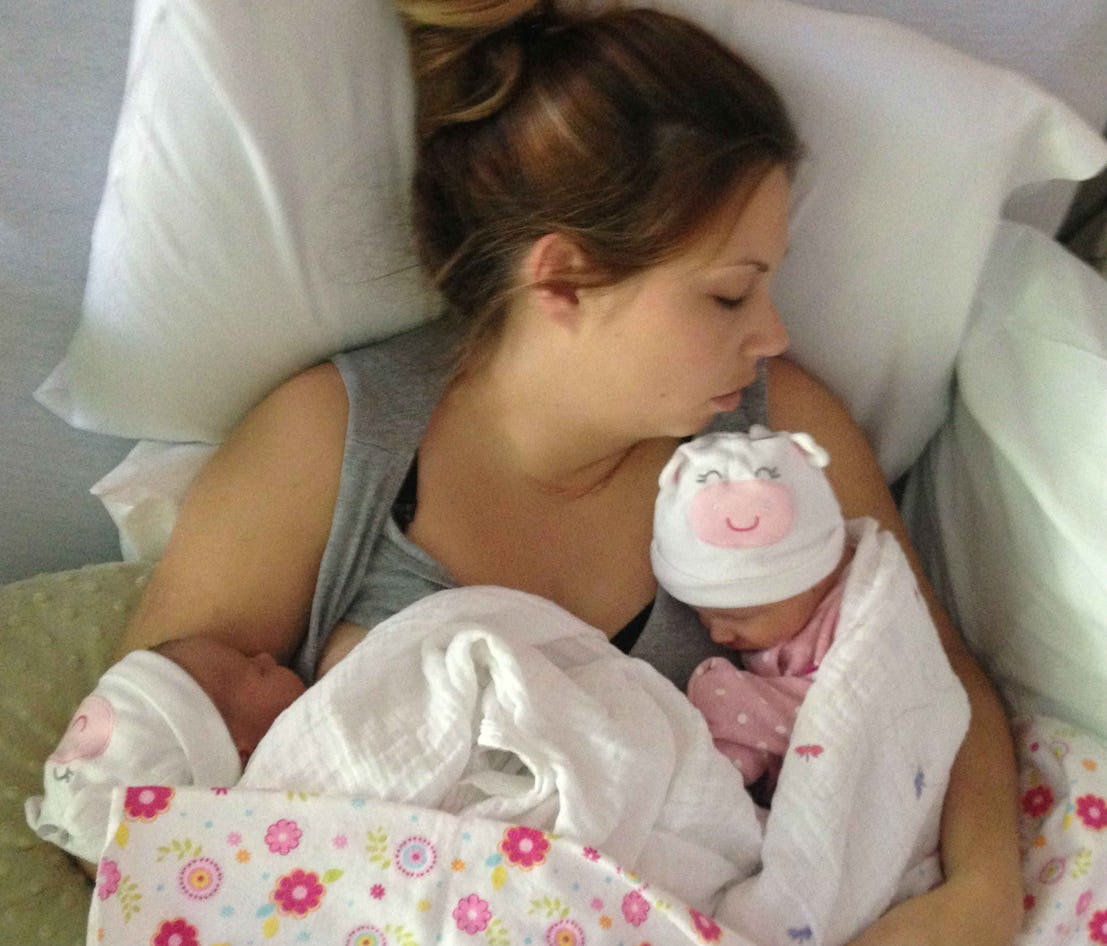
Having a major surgery such as a C-section can come with a long recovery time. Even after a mom is fully healed though she will struggle with regaining her abdominal muscles back. This can take years to accomplish and for some women, becoming heavier is a possibility due to difficulty with movement or exercise.
According to moms.com, there is a small chance of a woman feeling defeated after having a C-section. Almost as if her body gave up on her, so she is going to give up on it. Instead of seeking out help or trying to exercise, they take the opposite direction. Depression is not fun and can make moms lose interest real quick.
3. THANKS FOR POPPING UP, ATONY
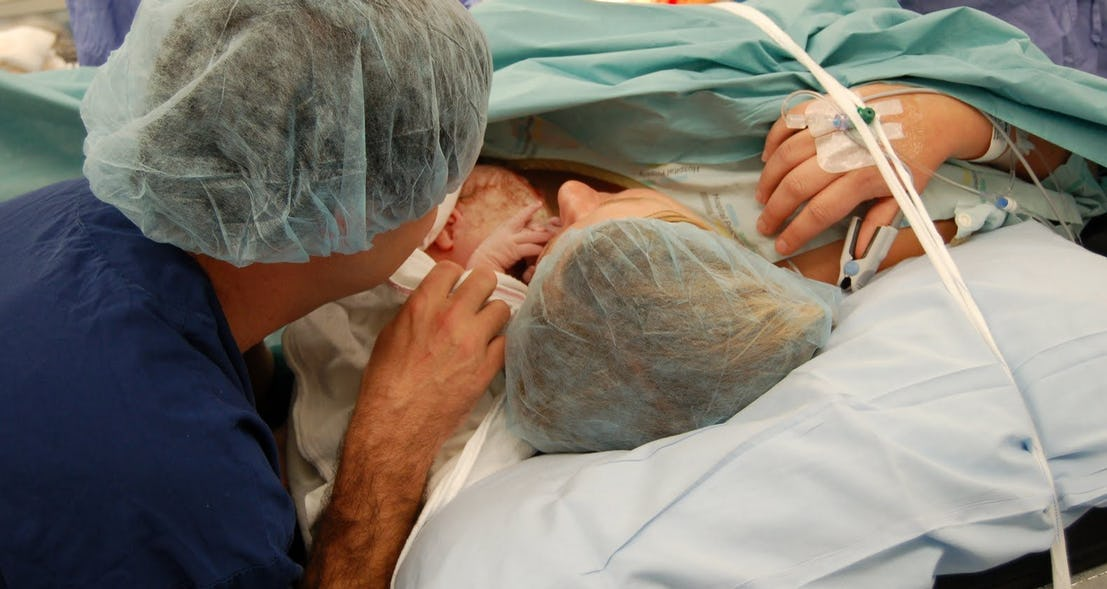
Once mom delivers her baby and the after birth, the uterus will begin to contract so that the vessels that supplied the placenta during pregnancy become closed off. There are times though that this does not happen and instead the uterus remains relaxed, without tone or tension.
This is called uterine atony.
According to tommys.org, uterine atony can occur in women who have either struggled from a long labor, gave birth to a big baby, or gave birth to multiple babies. When this does happen, bleeding may occur and quickly.
Most of the time, this occurrence can be treated with meds called prostaglandins, but there are rare cases where long-term complications have happened. If the meds don’t work and hemorrhaging happens, a hysterectomy may be necessary.
2. NO MAMA WANTS TO FEEL DETACHED FROM THEIR CHILD
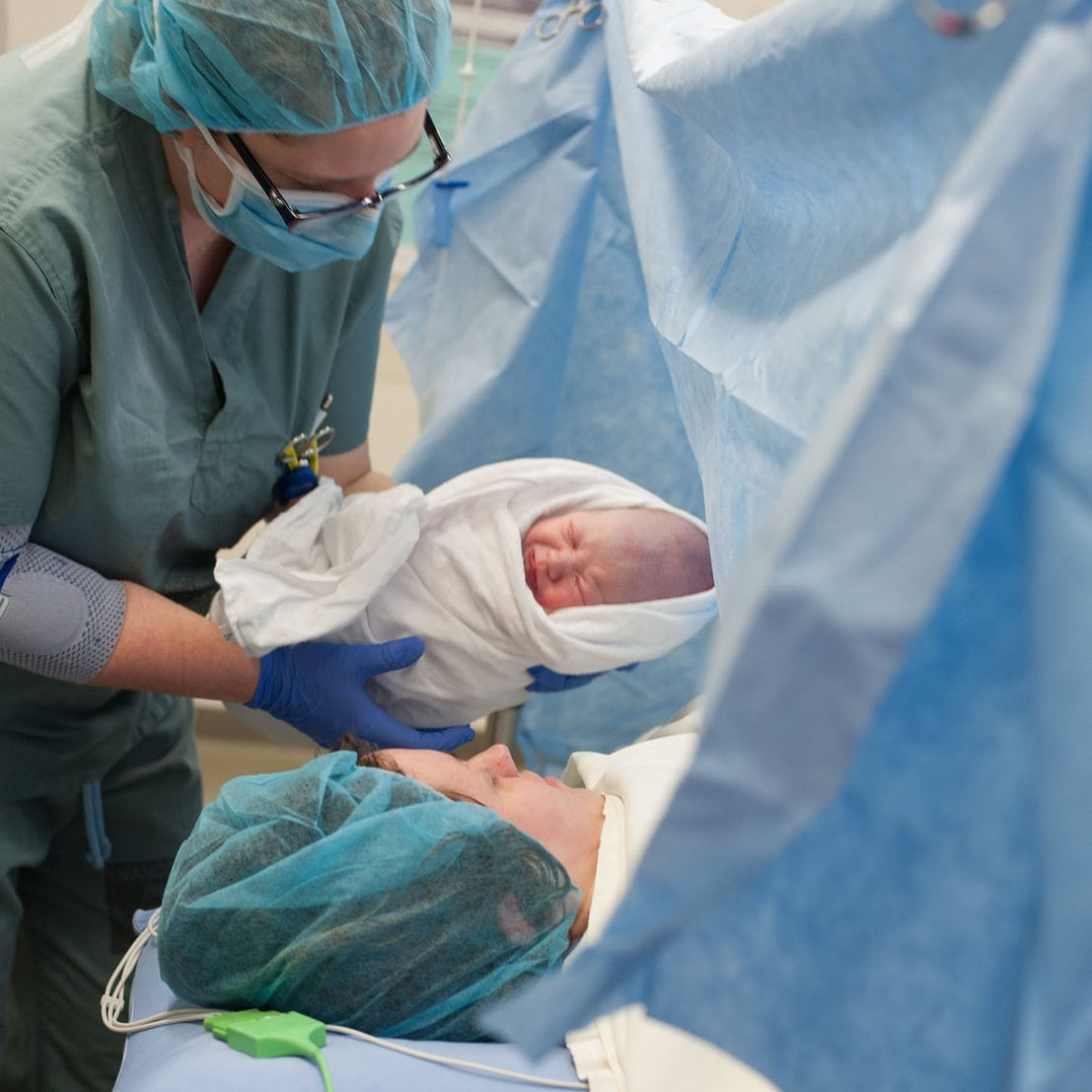
According to moms.com, when a mom gives birth, she wants to feel that maternal instinct set in right away and hold her new bundle of joy. Unfortunately, for some this becomes impossible. Even after surgery, a mom is limited to what she can do with her newborn. Fear can start to set in with her. Not only does she feel that a barrier was put up because she could not give birth naturally, but not being able to bond right away or do what she wants to during the healing process can make her feel as if she is detached from her little one. Some women it takes time, but for others, that initial maternal attachment may never set in.
1. MENSTRUAL COMPLICATIONS
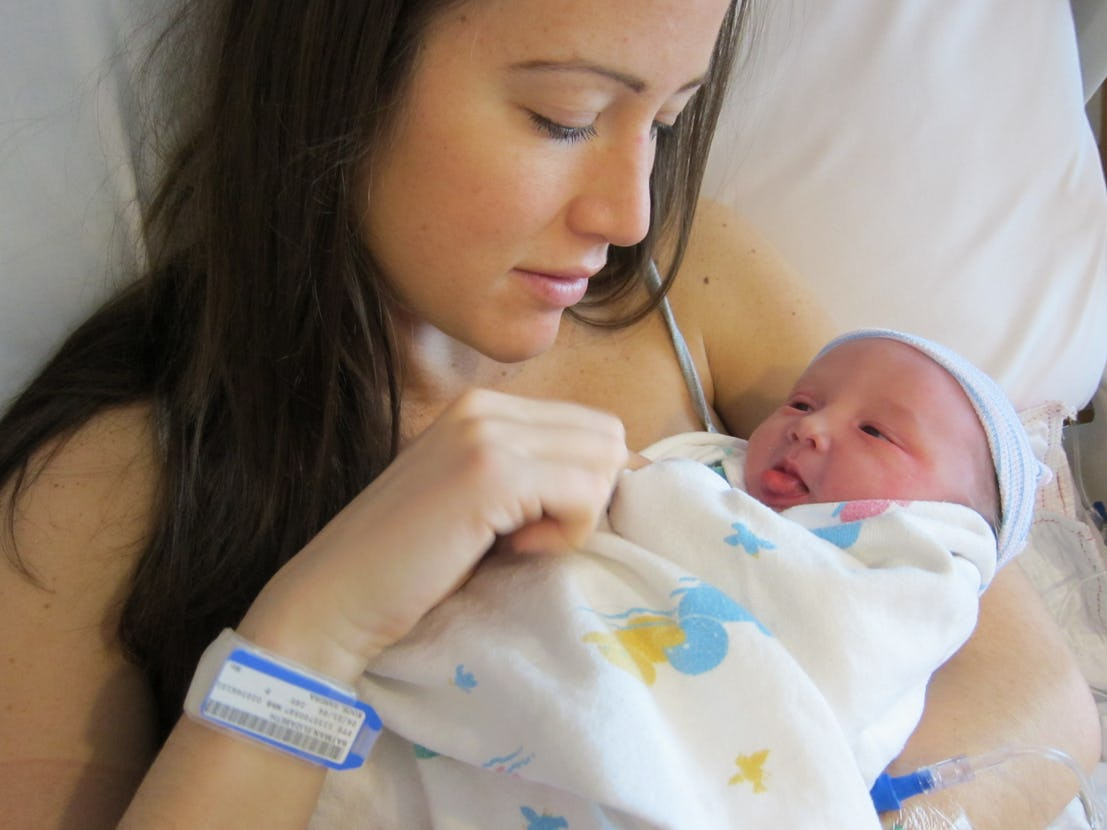
When a woman becomes pregnant her body is pumped with all different hormones. After the baby is born, she looks forward to getting back to normalcy. Unfortunately, even after the baby is born her body keeps developing different hormones.
According to moms.com, a C-section is a direct impact on a woman’s reproductive organs, which means it can play a big role in how a woman’s body reacts when she starts to get her monthly cycle again. Breastfeeding, meds, and physical activities all play key roles in how mom’s cycle will be after having a baby.
Depending on those key factors, a woman can go six months to a year without a cycle. While this is going on though, her body will be pumping with different hormones, which can lead to emotional stress.


